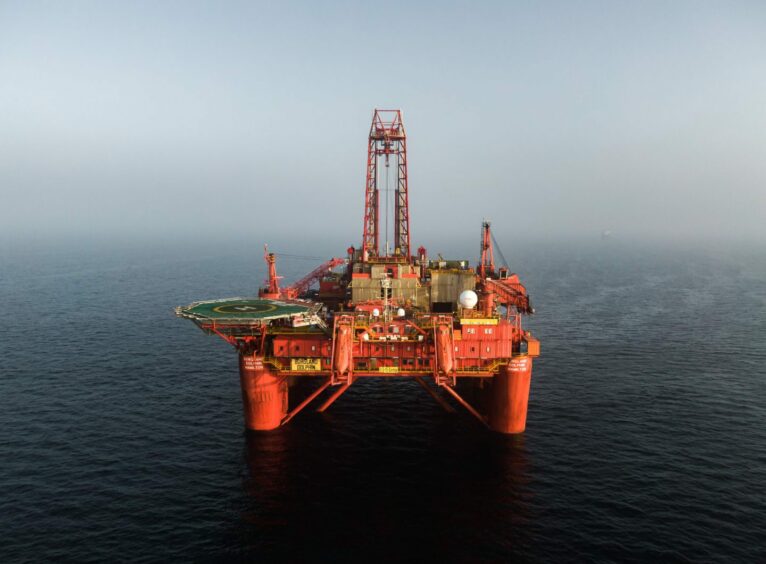
Dolphin Drilling has confirmed the award bid of a rig contract with Oil India, paving the way for redeployment of its Borgland Dolphin rig next year.
The Oslo-listed rig operator (OSE:DDRIL) announced in September it was the lowest bidder in the Oil India tender and would embark on formal contract negotiations for the work, which has now been completed.
The tender will see the Borgland Dolphin deployed for a 14-month firm contract, with 7 months of option periods.
The start up for the drilling campaign is expected to commence in Q3 2024, although the LOA is subject to signed final contract.
Dolphin currently hosts a fleet of three 4th and 5th generation enhanced Aker H3 rigs – the Borgland Dolphin, Blackford Dolphin, and Bideford Dolphin – but in June announced a $65m deal with Transocean to add the Paul B Loyd Jr and Transocean Leader units to its roster.
The Bideford and Borgland have recently been warm-stacked in Norway, with Dolphin noting in September that it would reactivate the latter if its tender proved successful. Meanwhile the Blackford remains deployed off Nigeria past 2024.
Built in 1977 and upgraded in 1999 the rig is a “2nd/5th gen” enhanced AkerH-3 with a maximum drilling depth of 8,500m and accommodation on board for up to 100 people.
A further two semisubmersible CS60 Eco Aker MH rigs are under construction by Keppel, and are also being marketed by the company and in active commercial discussions, the company noted in its most recent quarterly results.
While the contract award is welcome news for Dolphin, the company blamed its move into international work in part on a drop off in local North Sea demand as operators grapple with the impacts of the Energy Profits Levy (EPL).
Speaking in March chief executive Bjornar Iversen said that the international market outside the North Sea was “gaining significant momentum”.
Meanwhile the International Association of Drilling Contractors (IADC), which represents more than 800 drilling companies across the globe including 14 key contractors in the UK, has warned of a rig exodus for the North Sea, with drillers taking their vessels out of the region for more prospective regions with more secure fiscal regimes.
Recommended for you
